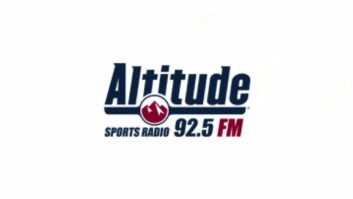WASHINGTON Stations officially may now use dual rather than single antennas for their FM IBOC operations. The FCC gave the go-ahead for broadcasters to use one antenna for a digital signal and another antenna for analog if certain conditions are met:
- The digital transmission must use a licensed auxiliary antenna.
- The auxiliary antenna must be within three seconds of latitude and longitude of the main antenna.
- The height above average terrain of the auxiliary antennas must be 70 to 100 percent of the height above average terrain of the main antenna.
Stations must apply for special temporary authority to use dual antennas at least 10 days before they begin IBOC transmissions.
Until now, stations have had to combine signals into a common antenna to broadcast a combined analog/digital signal.
NAB and several broadcasters championed the dual-antenna approach, saying it would allow a lower-cost IBOC implementation than high- or low-level combining.
“The use of separate antennas results in smaller transmitters, lower cost of equipment acquisition and operation and reduced floor space requirements in the transmitter room,” NAB stated in a report submitted to the commission last year containing field test results of the concept.
Nearly all of the comments received by the commission supported the dual-antenna approach. “Most comments cited convenience, greatly reduced implementation costs and increased operating efficiency as major advantages of the dual-antenna approach,” the agency stated in its March 17 decision.







